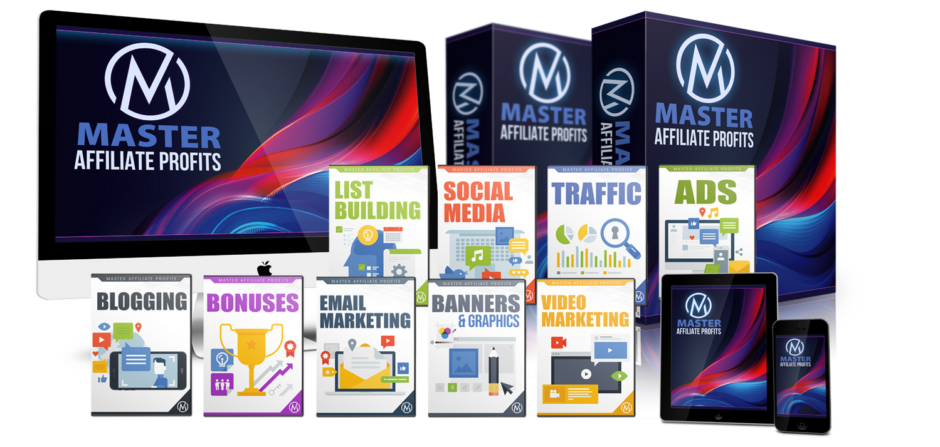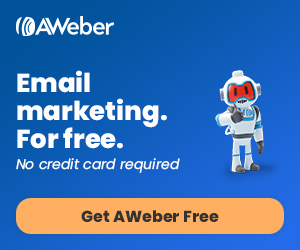Affiliate marketing is a popular and effective way to generate income online. However, the key to success lies in attracting the right kind of traffic to your affiliate offers. Traffic is the lifeblood of affiliate marketing, as it provides the potential for conversions, and conversions are how affiliate marketers earn commissions. In this post, we’ll explore the best traffic sources for affiliate marketers and how you can leverage them to boost your affiliate earnings.
1. Search Engine Optimization (SEO)
Search Engine Optimization (SEO) remains one of the most powerful and sustainable traffic sources for affiliate marketers. By optimizing your website and content to rank on search engines like Google, you can attract a consistent flow of organic traffic without paying for ads.
How SEO Works for Affiliate Marketing
The goal of SEO is to rank your website or blog posts on the first page of search engine results for keywords that are relevant to your affiliate products. When users search for these keywords, your website has a higher chance of appearing at the top of the search results, driving free organic traffic.
Steps to Leverage SEO for Affiliate Marketing
- Keyword Research: Conduct thorough keyword research to identify search terms that have a good search volume and low competition. Tools like Google Keyword Planner, Ahrefs, and SEMrush can help you discover keywords with high affiliate marketing potential.
- On-Page Optimization: Make sure your content is optimized for both users and search engines. Use your target keywords in title tags, meta descriptions, header tags, and throughout your content. Ensure that your content is high-quality, informative, and solves the user’s problem.
- Backlink Building: Getting backlinks from reputable websites boosts your site’s authority, which can help improve your rankings. You can acquire backlinks by guest posting, participating in collaborations, or creating content that naturally attracts links.
- Content Creation: Write high-quality, well-researched content that provides value to your audience. Include affiliate links within the content, but make sure the focus remains on providing helpful information.
SEO is a long-term strategy, but the benefits are worth the investment as you can generate consistent traffic over time without paying for ads.
2. Social Media Traffic
Social media platforms offer affiliate marketers a unique opportunity to drive traffic to their websites and affiliate offers. With billions of users across platforms like Facebook, Instagram, Twitter, LinkedIn, and TikTok, social media provides a vast audience to target and engage with.
Best Social Media Platforms for Affiliate Marketing
- Facebook: Facebook’s large and diverse user base makes it a great platform for affiliate marketing. You can create dedicated Facebook pages or groups, run targeted ads, and share content that includes affiliate links.
- Instagram: Instagram is perfect for visual-based affiliate marketing. Share photos, infographics, and videos featuring the affiliate products you promote. Instagram Stories and Shopping features can help you seamlessly promote products and earn commissions.
- Twitter: Twitter is great for sharing quick tips, industry news, and engaging with your audience. By using relevant hashtags and joining conversations, you can drive traffic to your affiliate links.
- Pinterest: Pinterest is one of the most underrated social media platforms for affiliate marketers. Many users come to Pinterest to search for product recommendations, so it’s a great platform to promote affiliate offers through pins that link directly to your affiliate products.
- TikTok: TikTok has exploded in popularity and is particularly useful for marketers targeting a younger demographic. By creating creative, engaging videos, you can promote affiliate products and encourage users to click on your links.
How to Drive Traffic from Social Media
- Engagement is Key: Social media platforms are about interaction. Make sure to actively engage with your audience through comments, direct messages, polls, and other forms of interaction. This helps build trust and loyalty, making your audience more likely to click on your affiliate links.
- Share Value: Rather than just posting affiliate links, share valuable content that educates, entertains, or solves a problem. This creates a relationship with your followers and increases the chances of them clicking on your affiliate links when you recommend products.
- Use Ads: If you want to accelerate your results, consider using paid ads on social media platforms. Facebook and Instagram, for example, allow for highly targeted advertising, which can increase the chances of reaching people who are interested in the affiliate products you promote.
3. Email Marketing
Email marketing is one of the oldest and most effective traffic sources for affiliate marketers. By building an email list and nurturing relationships with your subscribers, you can drive highly targeted traffic to your affiliate offers.
Why Email Marketing Works
Unlike social media platforms where you don’t fully control the audience, email marketing gives you direct access to individuals who have opted in to receive your content. This creates a more personalized approach to promoting affiliate products, leading to higher conversion rates.
How to Build and Use an Email List for Affiliate Marketing
- Lead Magnets: Offer valuable resources (eBooks, guides, checklists, etc.) in exchange for visitors’ email addresses. This helps you build your list of subscribers.
- Email Sequences: Once someone subscribes, send them an automated email sequence that introduces them to your brand and offers useful content. As you build trust with your subscribers, you can gradually introduce affiliate product recommendations.
- Segment Your List: Segment your email list based on interests, demographics, or behavior. This allows you to send personalized, targeted affiliate offers to the right audience.
- Call-to-Action (CTA): Always include clear CTAs in your emails that encourage subscribers to click on your affiliate links. Whether it’s to buy a product or learn more, make sure your CTA is enticing and relevant to your audience.
The Power of Email Automation
With email marketing tools like Mailchimp, ConvertKit, or ActiveCampaign, you can automate your emails to send at the right time. Automation helps you stay in touch with your subscribers and guide them through the buyer’s journey, all while promoting affiliate products in a non-intrusive way.
4. Paid Advertising
If you’re looking for quicker results, paid advertising is an effective traffic source. Paid ads can generate immediate traffic and help you scale your affiliate marketing efforts.
Types of Paid Ads for Affiliate Marketers
- Google Ads: By bidding on high-converting keywords, Google Ads can drive targeted search traffic to your affiliate offers. Search ads appear at the top of search engine results pages when people search for products or services that align with your affiliate products.
- Facebook and Instagram Ads: Facebook and Instagram ads are highly targeted, allowing you to reach specific audiences based on interests, location, and demographics. You can run ads to promote affiliate products or drive traffic to your blog, where you include affiliate links in your content.
- Native Ads: Native ads are designed to blend seamlessly with the content on a website or platform. These ads are effective because they don’t disrupt the user experience. You can place native ads on high-traffic sites in your niche, driving visitors who may be interested in your affiliate offers.
How to Make the Most of Paid Ads
- Target the Right Audience: One of the biggest advantages of paid ads is the ability to target specific demographics. Make sure you understand your ideal audience and tailor your ads to appeal directly to them.
- A/B Testing: Continuously test your ads to see what works and what doesn’t. Try different ad copy, visuals, and offers to determine the most effective strategy for driving traffic and generating affiliate sales.
5. YouTube and Video Marketing
YouTube is another powerful traffic source for affiliate marketers. As the second-largest search engine in the world, YouTube allows you to reach a global audience through video content.
How to Use YouTube for Affiliate Marketing
- Create Product Reviews: People often turn to YouTube for product reviews before making a purchase. You can create video reviews of the affiliate products you promote and include affiliate links in the video description.
- Tutorials and How-Tos: Teach your audience how to use the products you’re promoting. By offering value through informative videos, you can build trust and encourage viewers to purchase through your affiliate links.
- Engage with Your Audience: Respond to comments, ask questions, and create content that resonates with your audience. The more you engage, the more likely people are to follow your recommendations.
Using YouTube Ads
In addition to organic traffic, YouTube also offers paid ads. You can run YouTube ads to promote your affiliate offers, reaching an even larger audience.
Conclusion
For affiliate marketers, choosing the right traffic sources is essential for driving conversions and increasing commissions. While organic traffic through SEO can be highly effective in the long term, social media, email marketing, paid ads, and video marketing all offer unique opportunities to engage with your audience and drive more targeted traffic to your affiliate offers.
By combining these traffic sources and creating a well-rounded strategy, you can maximize your affiliate marketing success and start seeing a significant increase in your commissions. Remember to test and refine your approach over time to find the most effective methods for your niche and audience. This site may contain links to affiliate websites, and we receive an affiliate commission for any purchases made by you on the affiliate website using such links. Check Out Master Affiliate Profits Here: https://fredsmarketing.com/map



